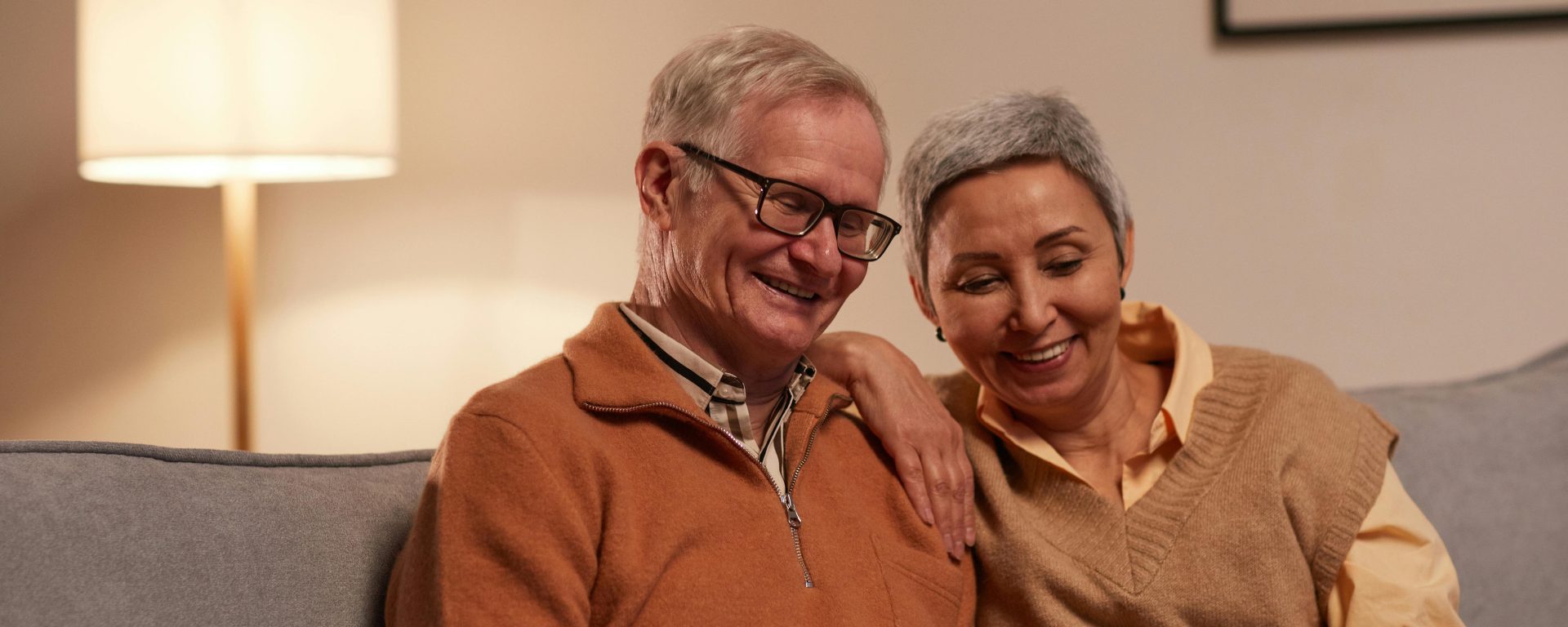In 2013, De Bruin, et. al., conducted study aimed to develop a combined motor-cognitive training program for elderly individuals and to evaluate the feasibility of recruiting and retaining participants. Additionally, the study sought to assess the effects of the intervention on gait characteristics.
This pilot study employed a randomized controlled trial design conducted in an assisted living facility. Participants were randomly assigned to either a motor training group or a motor-cognitive training group to evaluate the intervention’s effectiveness and practicality.
Sixteen elderly residents (11 females) from the facility participated in the study. The interventions included machine-driven strength training and balance exercises, provided for 45 minutes twice a week over 12 weeks. The motor-cognitive group received additional computerized attention training 3-5 times weekly for 10 weeks, aiming to enhance cognitive engagement alongside physical exercise.
The primary focus was on recruitment rates, participant attrition, and adherence to the program, with secondary measures including dual-task gait parameters (velocity, cadence, step time, step length), expanded timed get-up-and-go, falls efficacy, and reaction time. The study achieved a 46% recruitment rate, 19% attrition, and adherence rates exceeding 80%.
The results indicated significant improvements in the motor-cognitive group, particularly in reducing the fear of falling (P = 0.017) and improving foot reaction time (P = 0.046). However, no significant differences were observed in gait parameters. The findings suggest that motor-cognitive training is feasible and potentially beneficial, warranting further investigation in a larger study. For future research, a sample size of approximately 55 subjects per group is recommended to achieve adequate statistical power, considering the expected attrition rates.
Reference: De Bruin, E. D., van Het Reve, E., & Murer, K. (2013). A randomized controlled pilot study assessing the feasibility of combined motor–cognitive training and its effect on gait characteristics in the elderly. Clinical rehabilitation, 27(3), 215-225.
